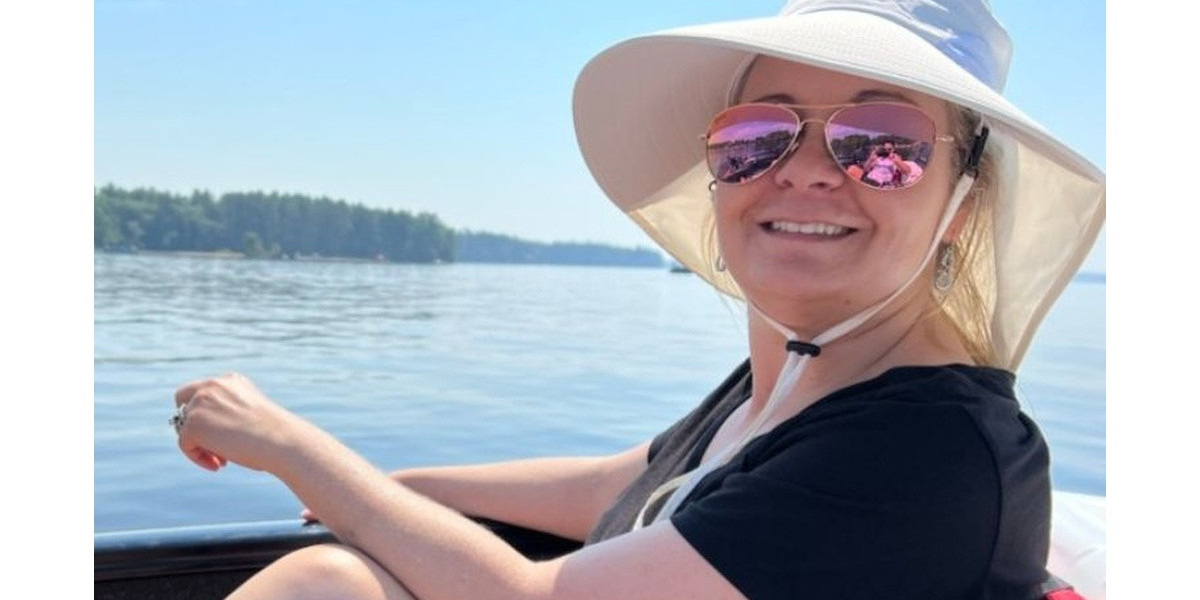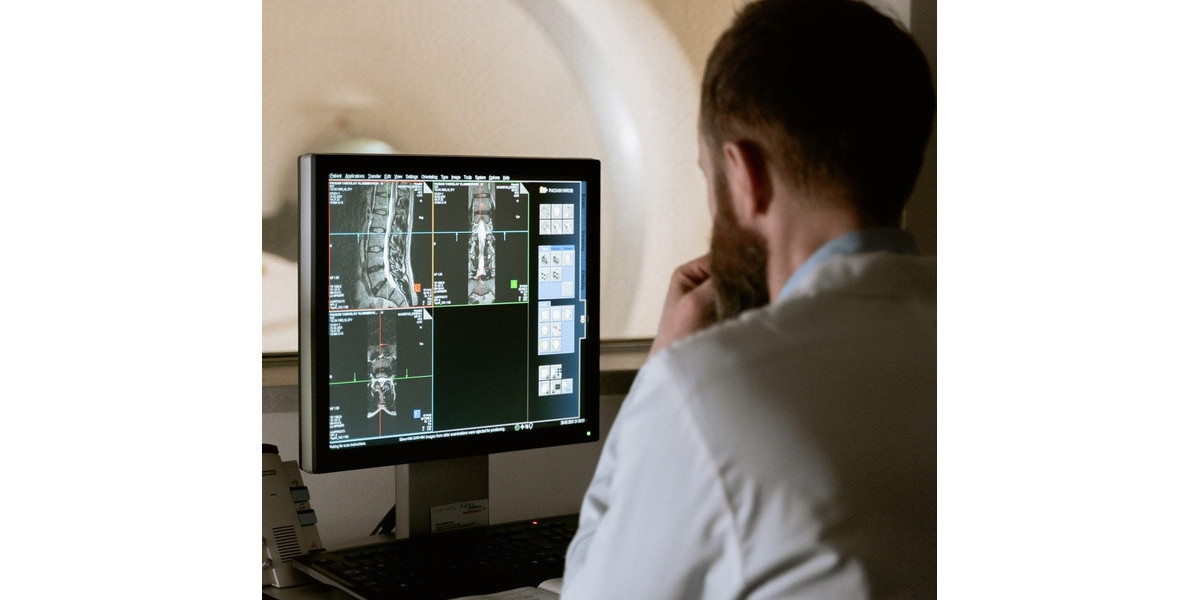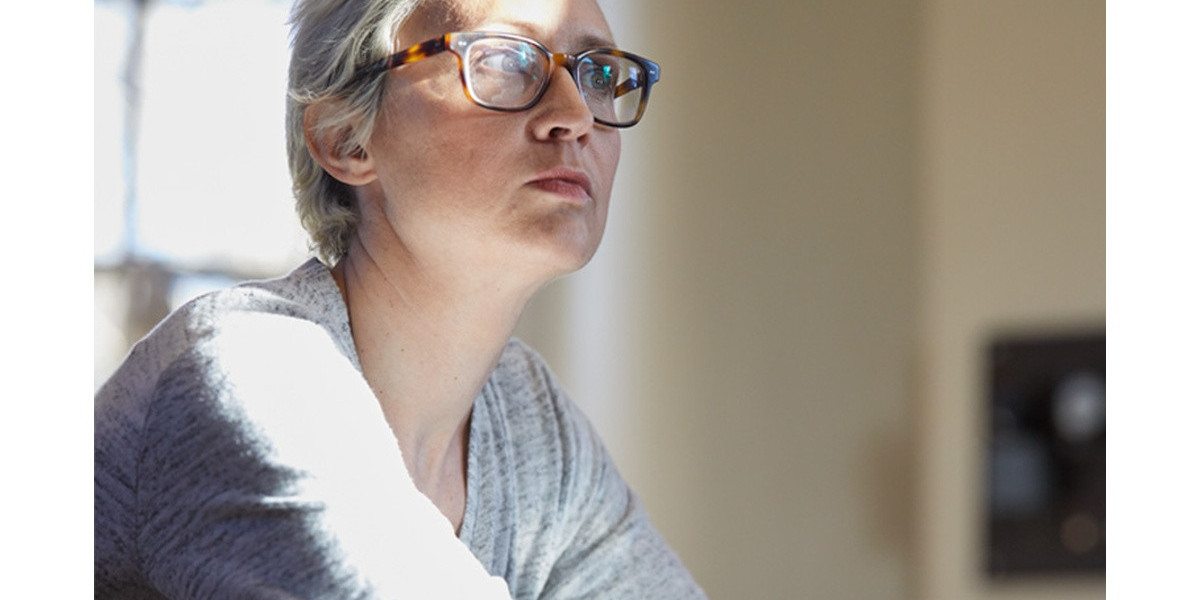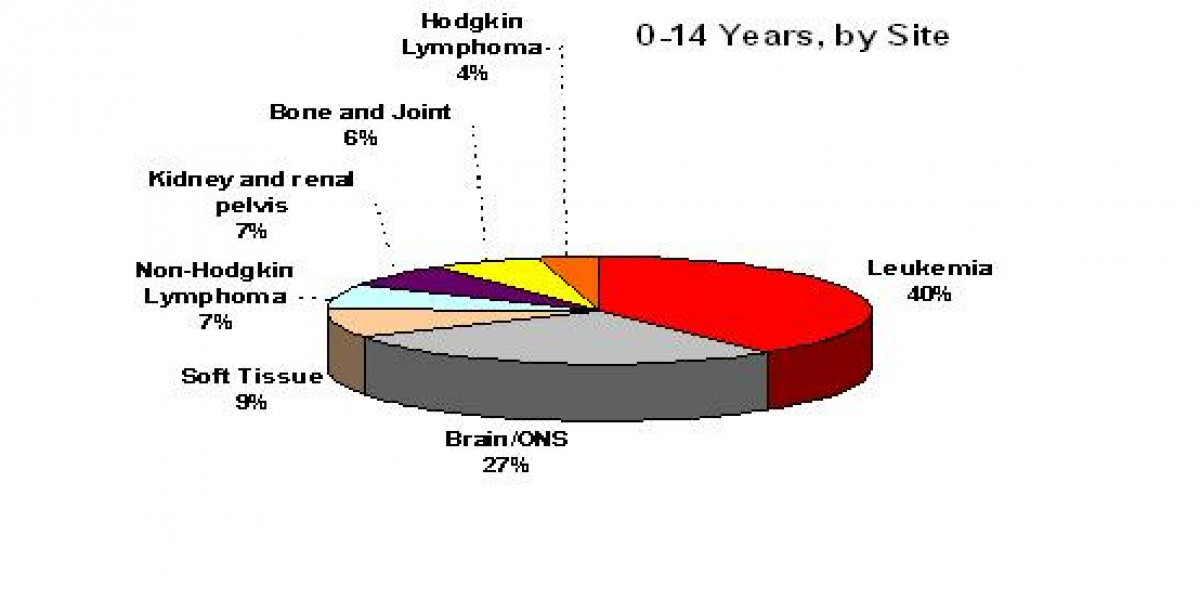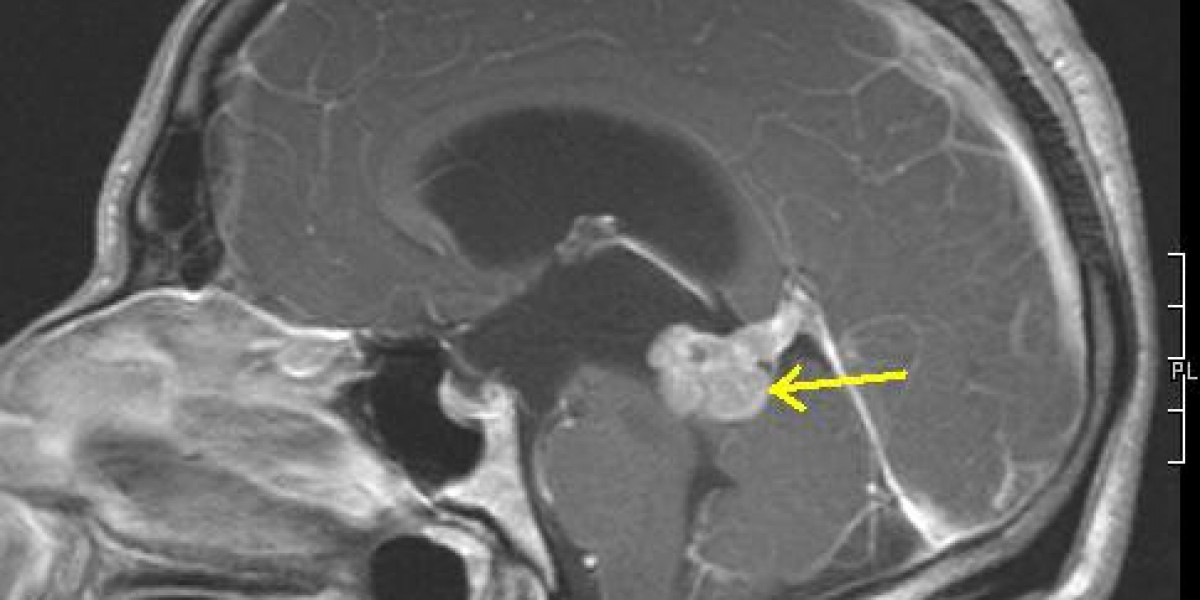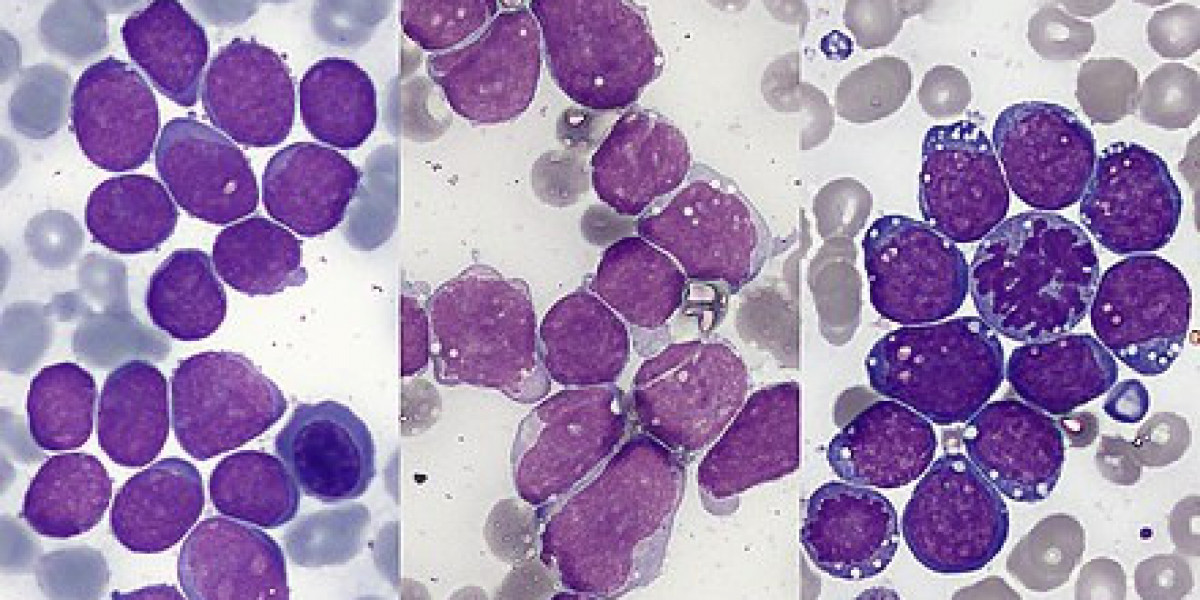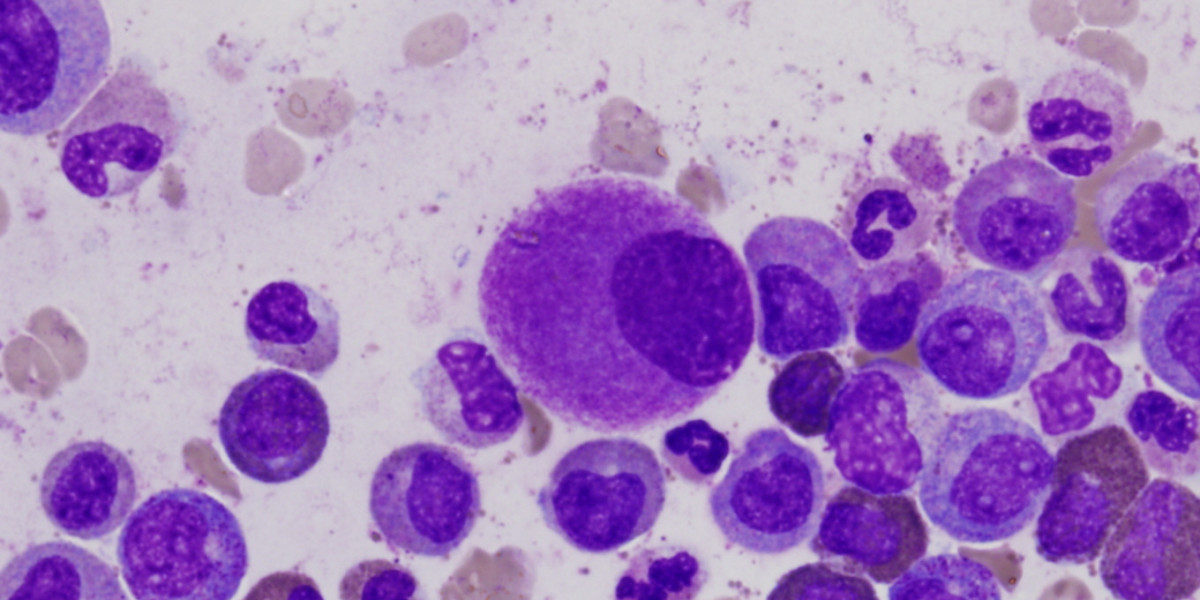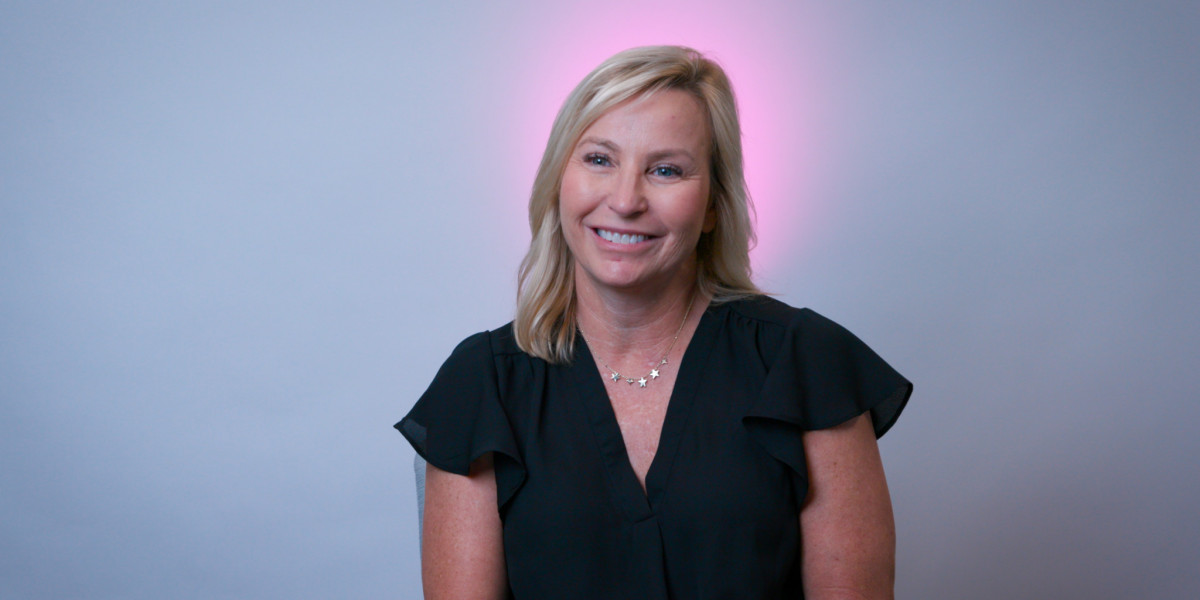Blogs>Navigating breast cancer with decisions, the Oncotype DX test, and hope
Fromdiagnosisto treatment: How I made choices and coped with the emotional rollercoaster of breast cancer
In 2020, at 41, I asked my doctor if I should start getting mammograms. Without a family history of breast cancer, he suggested waiting until I was 45. I trusted his advice, believing that if I followed the guidelines, I’d be fine.
But in 2022, a small, unsettling change occurred: I felt a lump in my right breast. At first, I dismissed it as an age-related change. However, as time passed, the lump grew, and I became more concerned. What started as a fleeting thought— “Hmm, is that a lump?”— had become a stark realization: “Oh no, this is definitely a lump.”
Needing answers, I decided to reach out to my doctor. By January 2023, mymammogramled to an ultrasound in February, setting thestagefor a pivotal moment in my life.
I’ll never forget that day. After I had completed the ultrasound and additional mammogramimaging, theradiologistapproached me with a seriousness that I understood left no room for misinterpretation. She asked me to follow her to her office, where, sitting close to me, she told me, “I am very concerned you have cancer.” Those words were shocking. I was overwhelmed with tears and regret for not having my husband with me. Leaving that appointment, the thought of cancer consuming my future was almost unbearable.
On Valentine’s Day, I underwent abiopsy. Two days later, I was officially diagnosed with invasivecarcinomawith mixed ductal and lobular features. The cancer washormone receptor-positive. AnMRIrevealed mytumorwas 7 cm—considered large. I was relieved to know there were treatment options available to remove the tumor and managerecurrence, but I was still anxious about the road ahead, especially by the possibility ofchemotherapy.
Nothing scared me more than chemo.
In April 2023, I had my first majorsurgery: a doublemastectomyandlymph node dissection.Tissueexpanders were placed to prepare for future breast implants. The post-surgery pathology results brought unexpected relief. The tumor size was actually 3.3 cm, not 7 cm—I thought this was a miracle considering I hadn’t started treatment yet. Mylymphnodes were negative so the cancer hadn’t spread to other parts of my body. Furthermore, I qualified for the OncotypeDX test, which assesses cancer recurrence risk and the potential benefit of chemotherapy.
This test looks at the tumor’sgeneticmakeup to understand its biology and provides a score between 0 – 100, and is validated for use in patients with HR+/HER2-early-stage breast cancerwith 0-3 positive lymph nodes. The score indicates the likelihood of cancer returning and if chemotherapy would be beneficial.
We had to wait several weeks to receive the Oncotype DX test results. Those weeks were filled with many emotions and thoughts, including, “If the test recommends chemotherapy will I go through with the treatment?” I imagined what chemotherapy would do to me, including having another physical part of myself taken away—my hair. Losing my breasts was difficult enough. I was concerned that, emotionally, I would sink.
Then the day came when we got the call with the test results. My Oncotype DX score was six. My healthcare team did not recommend chemotherapy as part of my treatment plan. My family and I were extremely relieved, although it didn’t erase the challenges of breast cancer.
From April to November 2023, I had three more surgeries, totaling five procedures. These included abilateraloophorectomy, which I opted for to avoid a monthly shot, and addressing additional complications, such as invasive carcinoma in anipplebedmarginand more. Recovering from all the surgeries was challenging. Also, my care team started me onhormonal therapy. Now, at 45 years of age, side effects from thearomatase inhibitortreatment and surgically inducedmenopauseare my new normal.
Despite it all, 2023 was also marked by beautiful personal milestones—my son’s high school graduation, our 20th wedding anniversary, and my husband’s 50th birthday. It was a year of much pain and many tears, yet also one of deep love and support from my family. My husband’s unwavering care and affection were my anchors. He calls me his “superhero,” and his belief in me helps me to stay positive and keep moving forward.
I believe I was brought through this journey so I may try to help others. My experience has become a platform for supporting others. I share my story to highlight the importance of self-care and to offer support to those facing similar battles. I’ve been making mastectomy pillows for local hospitals and mentoring through After Breast Cancer Diagnosis (ABCD). Focusing on helping others channels my thoughts positively and gives purpose to my journey.
My advice to everyone is: Make sure to schedule your screenings according to what’s best for you, and don’t hesitate to tell your doctor if something doesn’t feel right. For those of you who’ve been diagnosed, my advice is to hold on to hope and stay resilient. Being strong doesn’t mean you have to suppress your emotions; it means you keep pushing forward even when it feels impossible.
Editor’s note: Every breast cancer journey is unique, and the OncotypeDX test provides valuable information to guide treatment decisions. Waiting for the results can be a stressful time filled with uncertainty. While Jamie’s Oncotype score was low, it is just one factor that your doctor will consider in deciding if chemotherapy will be beneficial for you. Many women face different outcomes. It's important to remember that there are support resources available, such asLBBC’s Helplineto help you navigate this period.
DISCLAIMER:
The views and opinions of our bloggers represent the views and opinions of the bloggers alone and not those of Living Beyond Breast Cancer. Also understand that Living Beyond Breast Cancer does not medically review any information or content contained on, or distributed through, its blog and therefore does not endorse the accuracy or reliability of any such information or content. Through our blog, we merely seek to give individuals creative freedom to tell their stories. It is not a substitute for professional counseling or medical advice.
When to have follow-up visits
Learn what to expect with follow-up visits and tests in the first few years after active treatment for early-stage breast cancer.
Circulating tumor cell (CTC) tests
Circulating tumor cell (CTC) tests can help monitor whether treatment is working or if breast cancer has metastasized.
Biomarker testing
A biomarker is a protein, gene mutation, or other substance that can be tested using a sample of cancer tissue or blood. Biomarker test results can help you and your doctor better understand your cancer and treatment options.
Testing and precision medicine
Testing is important in breast cancer precision medicine—care based on your unique health history and lifestyle. The right tests can help you and your team choose the most effective treatments.
Inavolisib
Inavolisib (Itovebi) is a new targeted therapy shown to reduce progression of certain hormone receptor-positive, HER2-negative, PIK3CA-positive metastatic breast cancers.
Next-generation sequencing (NGS) tests
Next-generation sequencing (NGS) is a testing technology that uses computers to look at hundreds of genes in cancer cells. The results can help guide treatment decisions.
FISH tests
A FISH test is a lab test performed on tissue taken from a biopsy or breast cancer surgery, that can confirm breast cancer’s HER2 status if other test results are inconclusive.
Immunohistochemistry (IHC) tests
Some of the most important breast cancer treatment decisions are based on immunohistochemistry (IHC) tests; hormone receptor status, HER2 status, and in some cases, PD-L1 status.
Early-stage breast cancer trial search
Use this tool to find early-stage breast cancer clinical trials across the United States.
Oncotype DX
The Oncotype DX Breast Recurrence Score test is a genomic test that can help determine treatment options for hormone-receptor positive, HER2-negative invasive breast cancer.
Sign up to receive emotional support, medical insight, personal stories, and more, delivered to your inbox weekly.
We'll send support straight to your inbox.
Jamie Gallagher
Tagged:
Was this page helpful?
Living Beyond Breast Cancer is a national nonprofit organization that seeks to create a world that understands there is more than one way to have breast cancer. To fulfill its mission of providing trusted information and a community of support to those impacted by the disease, Living Beyond Breast Cancer offers on-demand emotional, practical, and evidence-based content. For over 30 years, the organization has remained committed to creating a culture of acceptance — where sharing the diversity of the lived experience of breast cancer fosters self-advocacy and hope. For more information,learn more about our programs and services.
Living Beyond Breast Cancer
40 Monument Road, Suite 104
Bala Cynwyd, PA 19004
©2025 Living Beyond Breast Cancer
Originally published on The Patient Story: https://www.lbbc.org/blog/navigating-breast-cancer-with-decisions-the-oncotype-dx-test-and-hope
